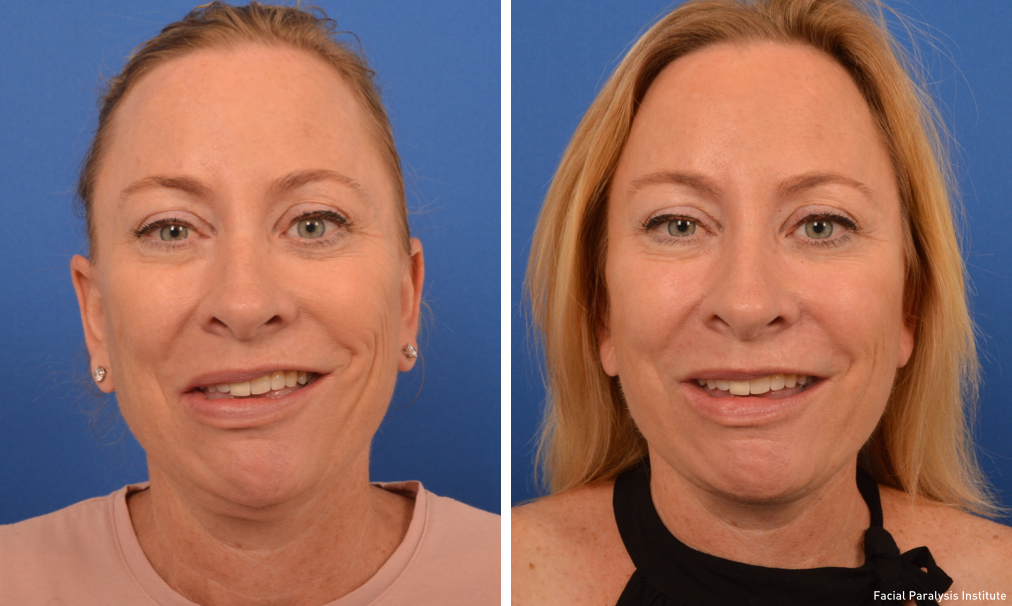Bell’s Palsy Facial Paralysis Treatment, Causes, Symptoms And More.

Bell’s Palsy or facial paralysis generally occurs on one side of the face due to the facial nerve controlling the facial muscles getting damaged or pinched near the cheekbone due to inflammation as it travels from the brain to the face.
The exact reason why this happens is unclear. The condition more commonly affects men and women equally. People aged 15 to 60 years, those with upper respiratory diseases, diabetes, and women in the last trimester or just after childbirth are more prone to Bell’s Palsy facial paralysis.
Though treatment should be immediate the diagnosis of Bell’s palsy lies in eliminating all other conditions like stroke and nervous system disorders, infections caused by other underlying conditions and so on. The opinion of an ear, nose, and throat (ENT) specialist may require the following tests.
- Electromyography (EMG) is a specialized test to measure the stimulation and response of nerves when stimulated. Electrodes placed on the patient’s face will measure the electrical impulses of the nerves and the electrical activity of a muscle when stimulated. This test can assess the location of nerve damage as well as its extent.
- MRI, CT scans, or X-rays.
Symptoms
- One side of their face does not move.
- Facial muscles on the affected side cannot be controlled.
- The affected side of the face tends to droop and blinking of the eyes is reduced or impossible.
- A headache, drooling of saliva, tear production, and loss of sense of taste.
The sudden onset of this illness can be mistaken for a stroke. However, if the paralysis is restricted to the face then most often it is Bell’s Palsy.
Facial Paralysis Treatment in Bell’s Palsy
Most people will recover from Bell’s palsy in 1-9 months. Those who still have some degree of movement in their facial muscles recover earlier.
Recommended treatment is the use of the hormone Prednisolone administered as tablets to be taken for ten days. Eye lubrication Treatment is essential as the eyes get affected, and blinking is reduced causing the eyes to dry out. The doctor may prescribe eye-drop artificial tears. Patients are having problems with shutting their eyes during sleep are advised to tape the eye to keep it shut. If vision problems worsen or irritation of the eyes increases it is a red flag requiring immediate medical help.
Serious nerve damage will require further treatment like physiotherapy by miming exercises taught by a physiotherapist and aimed at strengthening the facial muscles for better coordination and a wider range of movement. Hospitalization is not required, and care at home should include facial exercises, good dental care, help in eating, and painkillers where necessary. Physiotherapy also helps with counselling the patient.
Plastic surgery may be recommended to improve the facial appearance and symmetry. Though the patient can smile, the nerve problem remains unresolved. Botox injections in the affected side of the face can relax facial muscles and reduce muscle contractions. Both these treatments need to be considered only in severe cases of nerve damage.
Facial Paralysis, especially among women, can lead to severe depression and behavioural problems. Yoga, acupuncture and Ayurvedic oil massages appear to help not only with the physical aspects but with the mental trauma as well. According to leading online doctors using telemetry to reassure and monitor the patient, helping them with physiotherapy and assuring them that they can completely recover has helped many facial paralysis patients.
